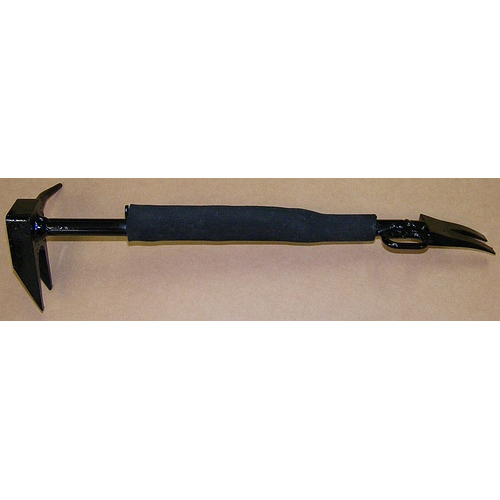
Recently, cadets in high school were trained by the Killeen Fire Department to be firefighters. Three different actions were used in the training, which cadets performed in turns. The first was called a "free rappel" and was intended to teach cadets how to fall from an elevated position. The second, also known as a lock off, involved being upside-down in midair and bringing down another peer.
Training
You may be interested in becoming a firefighter by enrolling as a cadet. These programs are typically held twice a month in the evenings, during the school year or during part-time employment, and last about two hours each. You will need to complete a questionnaire asking for information about the program. You will need to fill out the form with information like your name, email address and age. A coordinator will contact you with further details.
After being accepted, you will receive training and experience in firefighting. You will also learn how to use self-contained breathing apparatus and rescue equipment. The program will also cover vehicle extrication and fire apparatus operations. You will also be involved in live fire training evolutions. These live-fire training evolutions are performed in a controlled training environment.
Orientation sessions
Before joining the Fire Academy, cadets are required to attend a mandatory three-hour orientation session. The academy's expectations and policies are covered during this session. Information about the application process is also given to them. An email will be sent inviting applicants to an orientation session. You can also visit the academy website to get the latest information.

Attendance at an orientation session for firefighters cadets should be done in good physical health. A physical ability test (called the CPAT) is timed. It consists 8 components. CCFD firefighters provide tips and tricks during orientation to help prepare for the CPAT. Candidates should also do two practice runs.
Responsibilities
Firefighter cadets receive extensive training that prepares them to handle various types of emergency situations. CPR and First Aid, search-and-rescue, ladder techniques, ropes, knots, and CPR are some of the topics they receive. Additionally, they are taught how to use most fire-rescue gear. After they complete their training, they will be able to ride along with a rescue crew. They will need to be able to navigate the city and know where the best places to rescue people.
For firefighter training, the cadets must also complete self-contained breathing apparatus. They learn to use ladders and specialized firefighting equipment. They attend bi-monthly drills and training meetings. They also attend monthly meetings with the department's head cadet advisor, Captain Shane Smith. This program is demanding and cadets should be dedicated.
There are chances of survival
Firefighter Cadets go through rigorous training that places them into high-risk situations. These trainees are required to undergo Search, Rescue, and Survival Training, which requires intense physical exertion and restraint during the nine-day instructional module and seven-day survival component. This study examined the impact of these trainings on 39 male cadets' body composition during training and four weeks of recovery. Cadets underwent anthropometric measurements at six different times.
There are studies that show firefighters are more vulnerable to certain types and forms of cancer than the general public. For example, firefighters are six times more likely to die from testicular tumors than those in other occupations. According to other studies, firefighters are at higher risk of developing esophageal tumors.

SR_FTX has a positive effect on cadets
The San Diego Fire-Rescue Department established the Cadet Program in 1983 for young adults interested in fire suppression. The program provides cadets with classroom instruction and hands on training that prepares them for the demands in the fire service.
The program offers a one-year educational program that prepares students for their careers in firefighting. The program offers a one-year education that prepares cadets for a career in firefighting. Cadets can earn a starting salary at $55,030 per year, receive 4.5 hours of annual paid leave per week, and are represented by unions. This program also teaches emergency response, fire prevention and community safety.